Sizing Up Ductless Heat Pumps
A ductless system can help heat and cool on a budget
By Pat Keegan and Brad ThiessenIn the September issue, we discussed the benefits of air source heat pumps ("The Benefits of Air Source Heat Pumps," page 34), which move air through a duct system. Another heat pump option works similarly, but without ducts. These ductless systems are often called “mini-split” heat pumps (“mini” because they are suitable for conditioning smaller areas, and “split” because they consist of a separate outside compressor and one or more inside air-handling units).
Mini-split ductless heat pumps are becoming more popular for good reason. They can heat efficiently even when winter temperatures drop below the freezing point, and they are an economical and energy efficient replacement for window AC units.
Ductless heat pumps are often installed as the primary heating source and paired with a backup system that kicks in when outside temperatures are extremely cold. Heat pumps work harder as the outside air temperature drops, but combining the heat pump with a backup heating system solves that problem.
Ductless heat pump systems could be an ideal solution if your home doesn’t have a duct system. They have also been shown to be effective in manufactured homes (see “Improving Energy Efficiency with Mini-Splits,” August 2016, page 38). If your existing ductwork is in poor condition, installing a ductless heat pump may be more practical or less expensive than repairing, sealing and insulating ducts.
A ductless heat pump has two main components: the outdoor compressor and the indoor air handler. Coolant and electrical lines run through a conduit from the compressor outside the home through the wall to the inside air handler(s).
Ductless heat pumps can be configured in different ways. A common approach that could deliver the most value is to provide heating and cooling to one large zone in the home by using a single compressor and a single air handler. Or you could use one compressor to power as many as four inside air handlers, each with its own thermostat. A home could even have more than one outside compressor.
Ductless heat pumps are often a great solution and could reduce heating costs considerably if replacing a much more energy intensive system like baseboard heaters, which are an electric resistance system. As you explore this option it would be wise to consider:
- What are the other investments you could make to reduce your energy costs or improve comfort? Is the ductless heat pump the best option? Contact your electric cooperative and ask about a thorough energy audit of your home to help answer these questions.
- Are rebates offered by your electric co-op?
- What is the best size and efficiency level for a ductless heat pump in your situation?
- Are there contractors in your area with experience installing ductless heat pumps? Visit energystar.gov for tips on hiring contractors
About the Author
This column was co-written by Pat Keegan and Brad Thiessen of Collaborative Efficiency. Visit carolinacountry.com/your-energy for more ideas on energy efficiency.-
Time to invest in a heat pump?
-
Share this story:

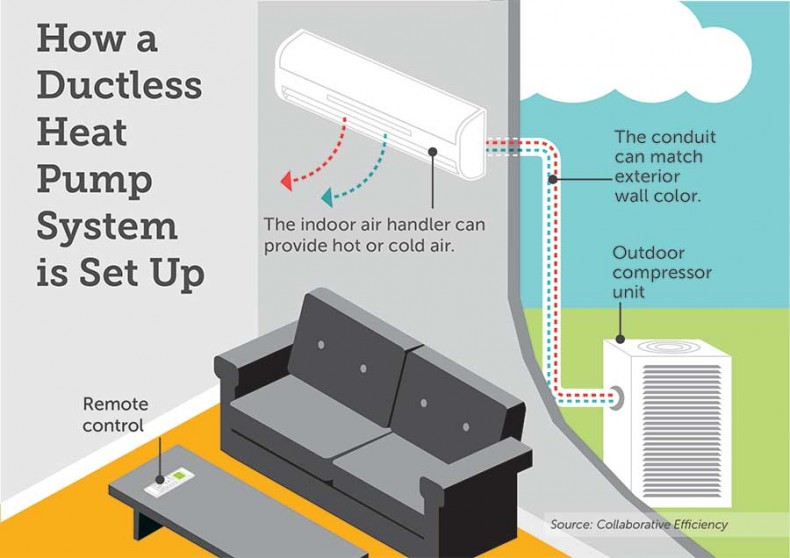
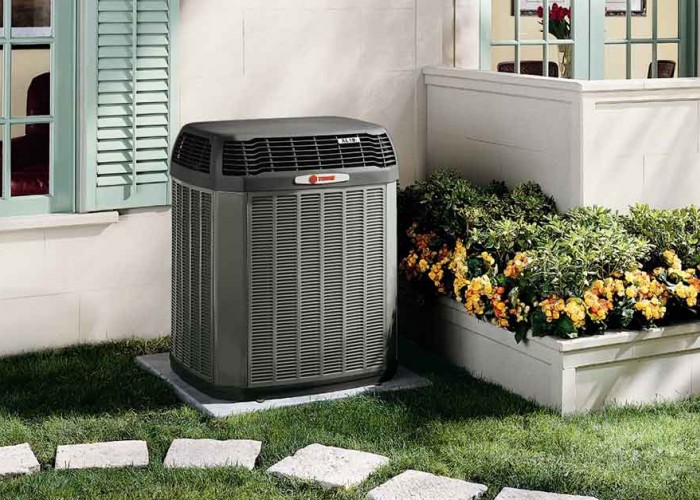
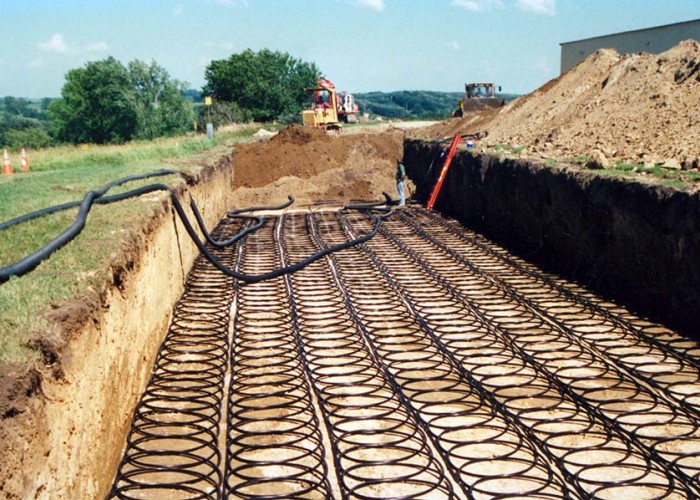
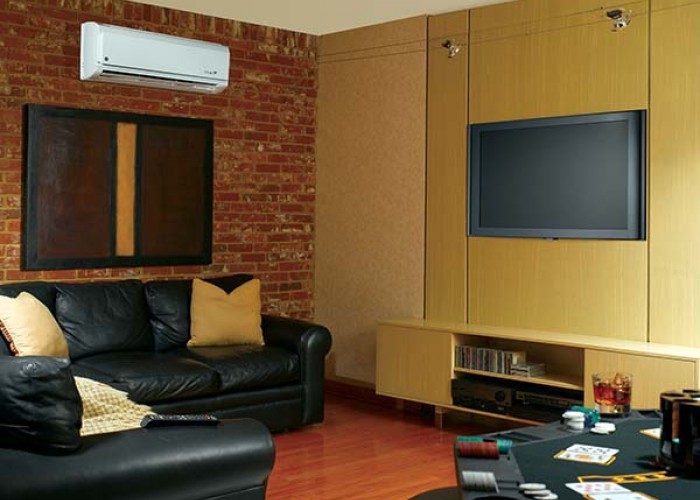


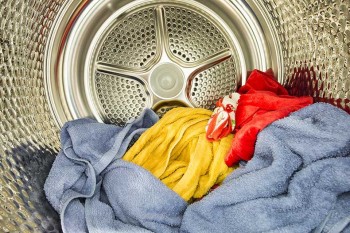
Comments (1)
Vivian Black |
November 08, 2021 |
reply